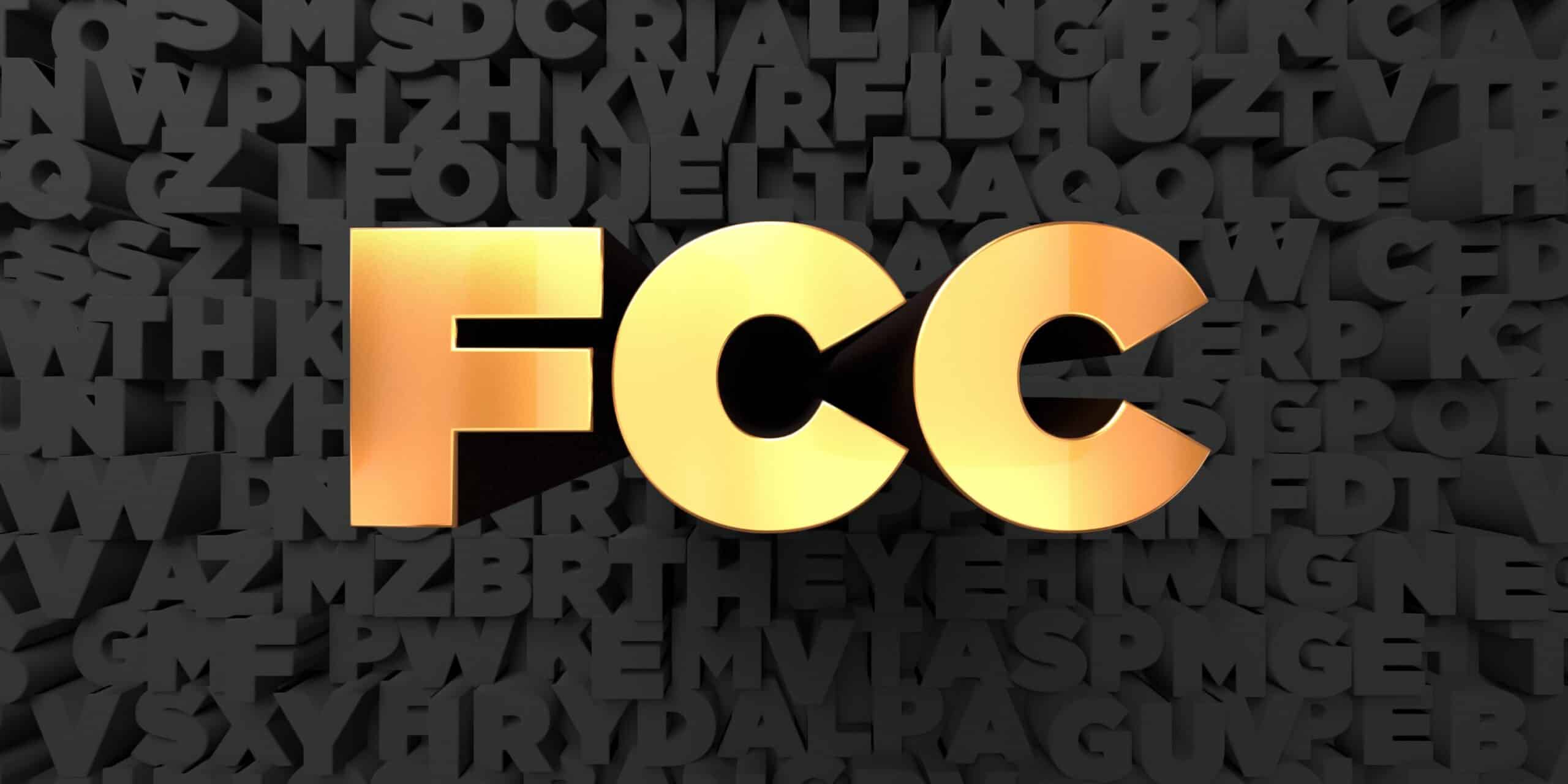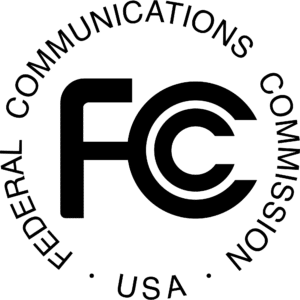Are You Confused About FCC Closed Captioning Requirements? The FCC Closed captioning requirements are the…

How to Meet FCC Captioning Requirements
Satisfying the FCC Captioning Requirements for TV and the Internet
Closed captions are important accessibility technology that allow people who are deaf or hard of hearing to have access to video programming. With recent advances in technology and media consumption, there has been the need for updated FCC captioning requirements. As of 2010 when the CVAA was enacted, both video programming shown on TV and shown over the internet after having been shown on the TV is required to be closed captioned. We will look at the FCC’s rules for video programming delivered over both TV and the internet.
As of 2010 when the CVAA was enacted, both video programming shown on TV and shown over the internet after having been shown on the TV is required to be closed captioned. We will look at the FCC’s rules for video programming delivered over both TV and the internet.
FCC Captioning Requirements for TV
Closed captioning is the text display of television programming audio. Closed captions provide crucial access to news, information, and entertainment for people who are deaf or hard of hearing. Different from open captions, closed captions can be turned on and off by the user.
Video programming distributors (VPDs), including cable operators, broadcasters, satellite distributors and other multi-channel video programming distributors, are required by Congress to close caption their TV programs.
In order to meet FCC captioning requirements, the closed captions that accompany TV programming must meet a certain level of quality to ensure that viewers with hearing disabilities have full access.
 Per FCC rules as of 2014, captions are required to be:
Per FCC rules as of 2014, captions are required to be:
- Accurate: Captions must match the spoken words in the dialogue and convey background noises and other sounds to the fullest extent possible.
- Synchronous: Captions must coincide with their corresponding spoken words and sounds to the greatest extent possible and must be displayed on the screen at a speed that can be read by viewers.
- Complete: Captions must run from the beginning to the end of the program to the fullest extent possible.
- Properly placed: Captions should not block other important visual content on the screen, overlap one another or run off the edge of the video screen.
A detailed explanation of these rules, as well as guidelines for video programmers and caption vendors, can be found in the FCC’s Report and Order here.
FCC Captioning Requirements for Internet Programming
As video moved over to the internet, captioning requirements followed to allow people with hearing disabilities equal access to information, news, and entertainment.
In 2010, President Obama signed the Twenty-First Century Communications and Video Accessibility Act (CVAA) into law. This law brought laws enacted in the 1980s and 1990s up to date with 21st-century technologies, such as digital and mobile technologies.
The CVAA contains requirements for both communication access and video programming. Among other provisions, the CVAA requires video programming that is closed captioned on TV to be closed captioned when distributed on the Internet. That means if the program was able to be shown on TV without captions, it is not required to be captioned when re-shown on the internet.
To enable quick and easy compliance with the CVAA, FCC captioning requirements are broken into three categories – Full-length internet video programming, Internet video clips, and Archival internet video programming – which we will discuss more below.
These were each given their own deadlines for adding closed captions over a five year period. These deadlines are coming to a close with the last deadline set for July 1, 2017.
Full-length Video Programming
This is video programming that is shown on TV and then distributed in most of its entirety to end users through the Internet. All prerecorded and unedited full-length video programming shown on or after September 30, 2012 is required to be captioned. All substantially edited programming that is shown on TV on or after September 30, 2013 is required to be captioned. And all live and near-live programming shown on or after March 30, 2013 is required to be captioned.
Video Clips
 Video clips are excerpts of full-length video programming that are posted online. The rules require video programming distributors that show programming on TV to post captioned clips of their programming on their own websites or apps. As of now, this does not apply to third party websites or apps that post the video clips.
Video clips are excerpts of full-length video programming that are posted online. The rules require video programming distributors that show programming on TV to post captioned clips of their programming on their own websites or apps. As of now, this does not apply to third party websites or apps that post the video clips.
Internet video clips must be captioned if the associated programming is shown on TV in the U.S. with captions on or after the following dates:
- January 1, 2016 for straight lift clips
- January 1, 2017 for montages
- July 1, 2017 for video clips of live and near-live TV programming
Archival Internet Video Programming
Archival video programming is programming that is originally shown on the internet and then is later shown on TV with captions. Distributors have extra time to add captions to this video content. As of March 30, 2016, distributor have 15 days to caption the content.
Exclusions
There are a few types of media that do not yet have to be captioned. Consumer-generated media that is shown on the internet is not required to be captioned unless it has been shown on TV with captions. Additionally, movies that are shown on the internet are not required to be captioned unless they have been previously shown on TV with captions.
Captioning Resources
cielo24 is a full-service captioning and transcription provider that specializes in 99% accurate captions for accessibility conformance. Check out the resources below and feel free to request a free quote here.



